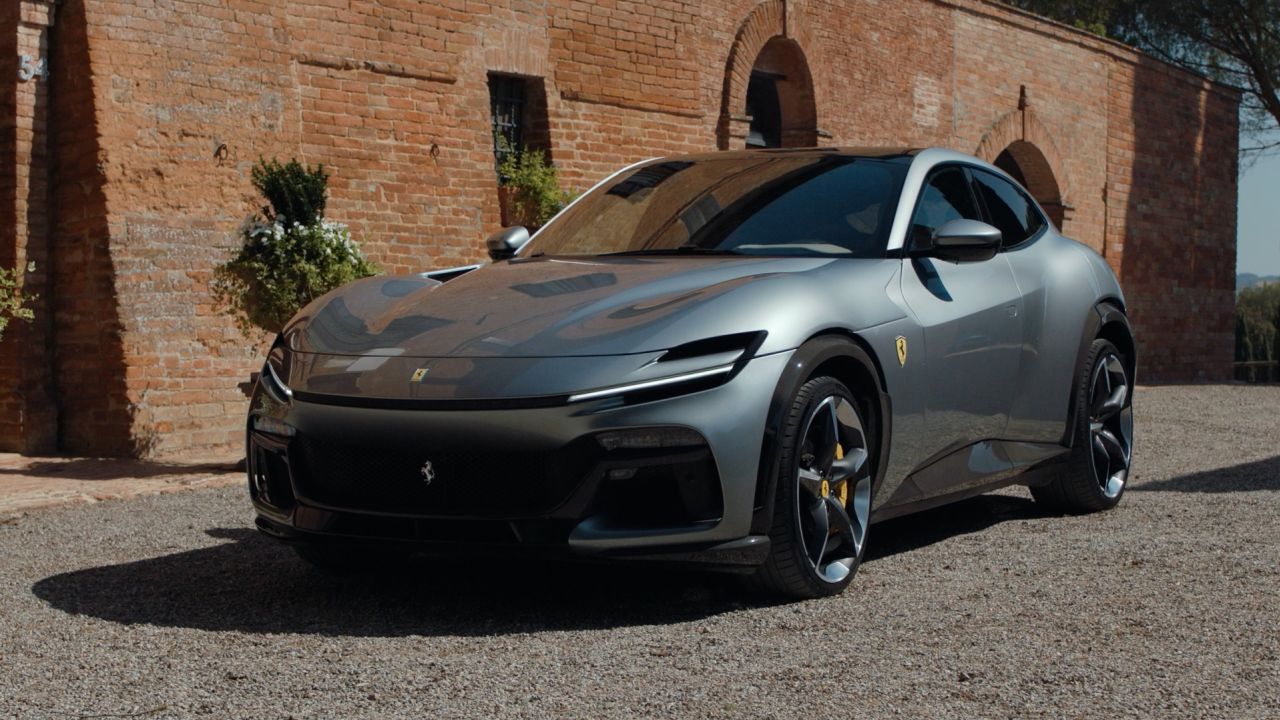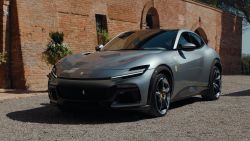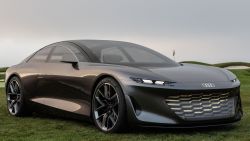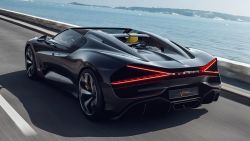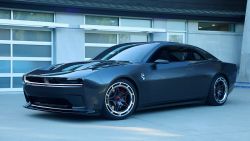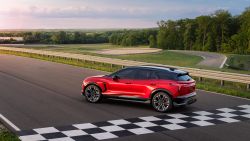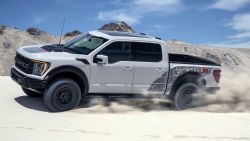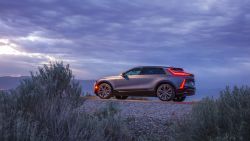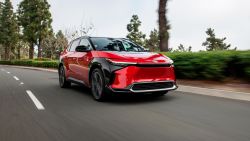Average car prices are shooting higher and higher thanks to continued auto parts shortages. Interest rates are rocketing higher thanks to the federal government’s efforts to control inflation. And car companies and dealers have less incentive to take steps to bring down costs because demand is still vastly greater than supply.
The end result: Don’t expect the car market to return to normal anytime soon.
The average new car loan interest rate reached 5.7% in the third quarter of 2022, the highest it’s been since 2019, according to Edmunds.com. At the same time, the average amount financed to purchase a new car reached an all-time record of $41,347. The average monthly payment in the third quarter was over $700. It was $630 in the same quarter last year, and the average down payment was almost $1,000 less then, too, according to Edmunds.com.
Americans are holding on to their cars longer and longer. The average car on America’s roads today is over 12 years old, according to S&P Global Mobility. And it’s likely only going to get even older.
People typically go car shopping roughly every five years, so the last time many people with good credit were in the market, they would have been able to get much lower interest rates from car companies’ financing arms.
“I think anyone that has bought a car then and is now coming back into the market and is like ‘Five percent! That is way higher than I expected!” said Jessica Caldwell, an industry analyst with Edmunds.com.
In past years, when the Fed pushed up interest rates, car makers would come out with artificially low interest rate car loans – sometimes even 0% – as a purchase incentive. But with few cars to sell, there’s little incentive to do that sort of thing now, Caldwell said.
“What’s the point in creating a very low subsidized interest rate for inventory they don’t really have?” she said.
These high costs will be hard on consumers but it still won’t reduce demand enough to ease pressure on car prices, at least in the near term, analysts interviewed by CNN Business said. That’s because demand for new cars is already so far outstripping the supply – hence the high prices – that the reduction in demand caused by these even higher payments still won’t bring things back in line. Car dealers can still sell every new car that comes onto their lots, often even before the car carrier trucks delivers them. Customers will just have to pay more.
“I’ll wait for when we turn the corner,” shoppers think, said Mike Wall, an industry analyst with S&P. “Well, we turn the corner and it turns out there will be another corner.”
That means the average car in America will keep getting older as owners hang on longer.
“It’s almost guaranteed that we’re going approach an average age of 13 years pretty soon,” said Jonathan Smoke, chief economist at Cox Automotive.
Car shoppers without good credit are already being forced out of the new car market, said Smoke. People with weak credit ratings, so-called subprime borrowers, usually make up 15% of new car purchases. They’re down to just 5% now, he said. And deep subprime borrowers, who usually account for about 8% of new car buyers, are virtually absent from the market now. Subprime and deep subprime borrowers usually have to pay much higher interest rates.
Once car production returns to something like normal – maybe sometime in the second half of 2023 or maybe not even then – interest rates could start to become an issue. Automakers might finally have to do something to help make buying a car at least a little more attractive for consumers, said Wall. But only a little.
The inventory shortage is starting to ease just a bit, said Smoke. In the last few months, there have been a couple of hundred thousand more vehicles on dealer lots, he said.
“It’s not across the board on all models, but it’s principally domestic North American production,” he said.
One type of vehicle where things are getting better faster is big trucks, he said, which, thanks to protective trade tariffs dating back to the 1960s, are virtually all built in North America.
“If I’m anticipating an area where there could be more discounting earlier or there could be a return to more attractive lease offers, I would look for the full size pickups,” he said.
Smoke said there is one thing that could help normalize the new car market: a recession, which would really hurt demand.
So, yes, by then it might finally be easier to buy a car at a good price, but a lot of people might end up paying in other ways.

